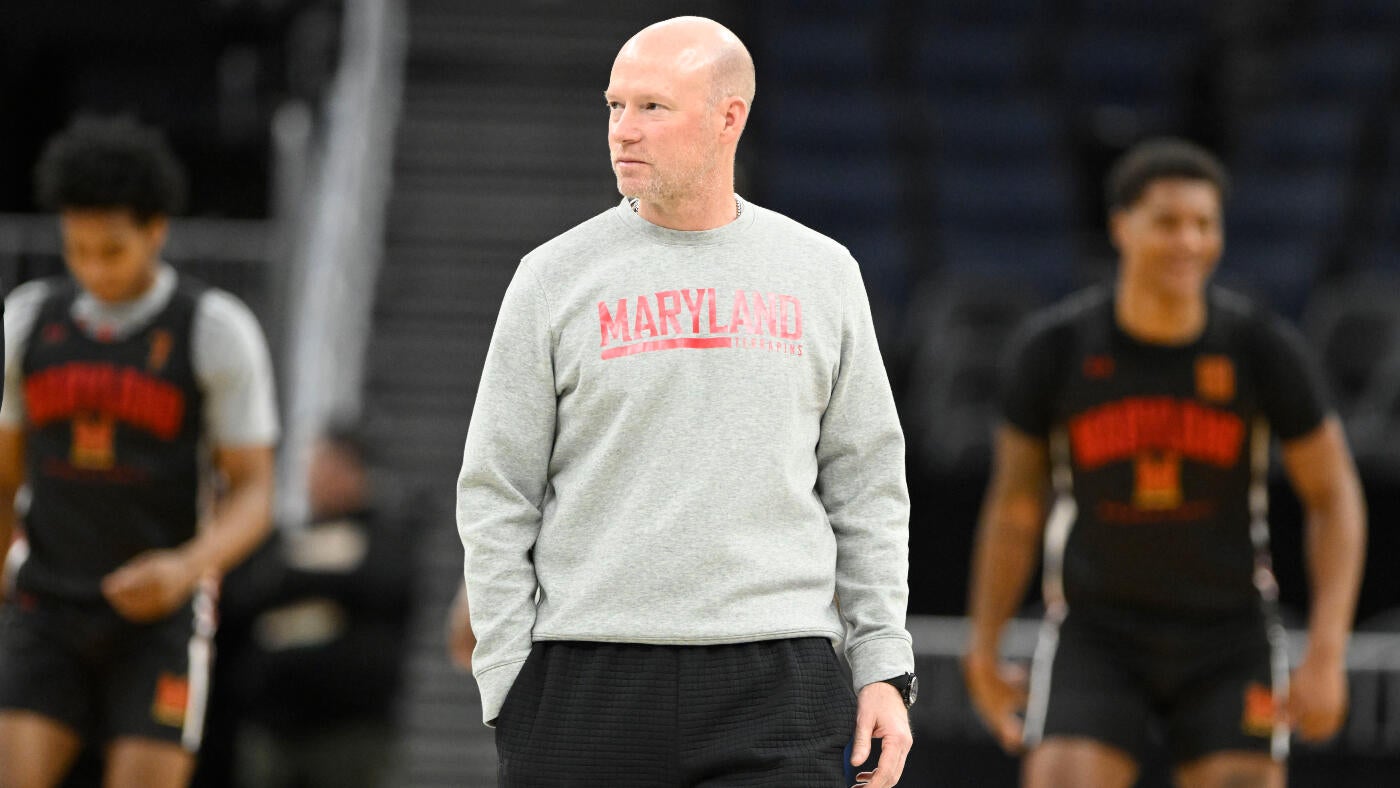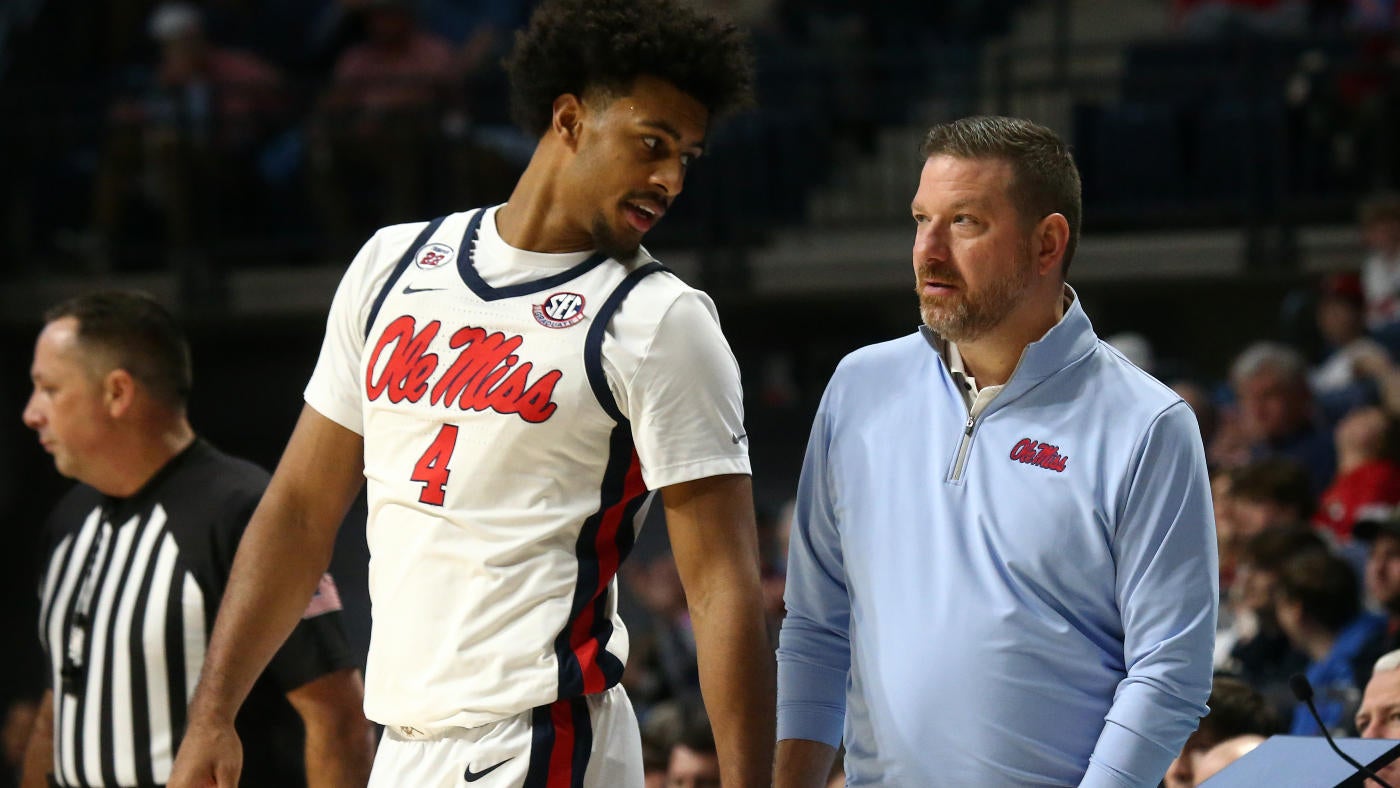The 2025 NCAA Tournament’s Sweet 16 has arrived, and while the third round may lack a true Cinderella for the first time since 2007, one constant remains: the transfer portal is shaping college basketball like never before. According to the dynamos at CBS Sports research, transfers from D-1 schools have accounted for over half of the scoring in the 2025 NCAA Tournament. Over half!
That number was 8% in 2011 (no surprise), 15% in 2016 — two years before the portal was created, but years ahead of transfers receiving immediate eligibility — 28% in 2021 and has now rocketed up to 53%. Eleven of this year’s Sweet 16 teams are led in scoring by a transfer, six of them being first-year transfers. It’s clear that for many teams still in the tournament, transfers have become the foundation for success — and for the teams out of the tournament, they’ve already been hitting the 2025 college basketball transfer portal hard.
Here are the five programs that have leaned most heavily on the portal to build their rosters. Check out the comprehensive list of how every Sweet 16 team was built via the portal over at 247Sports.
- Otega Oweh, G, Oklahoma
- Lamont Butler, G, San Diego State
- Jaxson Robinson, G, BYU
- Koby Brea, G, Dayton
- Andrew Carr, F, Wake Forest
- Brandon Garrison, F, Oklahoma State
- Ansley Almonor, F, Fairleigh Dickinson
- Amari Williams, C, Drexel
- Kerr Kriisa, G, West Virginia
Kentucky wouldn’t be in the NCAA Tournament without the transfer portal. Part of that is because 11 of the team’s scholarship players from last season entered the transfer portal following John Calipari‘s departure. So new coach Mark Pope had to dive into the portal in order field a roster in 2024-25.
Pope did so in a masterful way. He snagged leading scorer Otegah Oweh from Oklahoma, and he’s averaging 16.3 points and 4.7 rebounds per game this season on 49.4% shooting from the field. Overall, the nine above transfers make up Kentucky’s nine leading minute getters and all but three members of the team’s regular rotation — those other spots belong to freshmen Collin Chandler, Trent Noah and Travis Perry.
- Chance McMillian, G, Grand Canyon
- Elijah Hawkins, G, Minnesota
- Darrion Williams, F, Nevada
- JT Toppin, F, New Mexico
- Kevin Overton, G, Drake
- Federiko Federiko, F, Pitt
- Kerwin Walton, G, North Carolina
- Devan Cambridge, F, Arizona State
You could argue that JT Toppin is most impactful transfer in college basketball this season. A four-star recruit who signed with New Mexico in the 2023 class, Toppin bloomed into one of the top freshmen in America last season with the Lobos. Then there was a bidding war for him on the open market, which Texas Tech won. It’s worked out great for the Red Raiders as Toppin leads the team with 18.1 points and 9.3 rebounds per game on the way to Big 12 Player of the Year honors.
It helps that Toppin is flanked by Darrion Williams and Chance McMillian, both of whom emerged as all-conference players in their second season with Texas Tech. McMillian paces the Red Raiders’ backcourt with 14.2 points per game on 52.5% shooting, including 43.4% from 3. Williams is excellent on the wing with 14.7 points, 5.4 rebounds and 3.7 assists per game. He’s a defensive disruptor and someone who does a bit of everything for the Red Raiders.
- Rodney Rice, G, Virginia Tech
- Jahari Long, G, Seton Hall
- Tafara Gapare, F, Georgia Tech
- Jay Young, G, Memphis
- Selton Miguel, G, South Florida
- Chance Stephens, G, Loyola Marymount
- Jordan Geronimo, F, Indiana
- Ja’Kobi Gillespie, G, Belmont
Maryland’s minutes are heavily shaded toward its five starters, with each of them playing 28-plus minutes per game. Three of those five — Ja’Kobi Gillespie, Rodney Rice and Selton Miguel — are transfers.
That trio makes up Maryland’s starting backcourt. All three are sharpshooters from behind the arc. Miguel shoots 43.1% on five attempts per game, Gillespie is at 40.6% on 5.9 attempts per game, while Rice hits 37.3% of his treys on six attempts per game. That floor spacing shot creator allows five-star true freshman Derik Queen, the team’s leading scorer, plenty of space inside.
Maryland trying to stay focused on Sweet 16 amid possibility of coach Kevin Willard leaving for Villanova
Cameron Salerno

Michigan (7 transfers)
- Vladislav Goldin, C, FAU
- Sam Walters, F, Alabama
- Roddy Gayle, G, Ohio State
- Tre Donaldson, G, Auburn
- Danny Wolf, C, Yale
- Rubin Jones, G, North Texas
- Nimari Burnett, G, Alabama
Michigan is built around its twin towers at center, Goldin and Wolf, both of whom landed with the Wolverines this offseason from the portal. Goldin, who initially signed with Texas Tech out of high school, eventually developed into an all-conference center at FAU. Then the 7-foot-1, 250-pound Russian native transferred to Michigan and emerged as one of the best overall centers in the sport.
Wolf, for his part, spent the last two seasons at Yale before transferring to Ann Arbor. He’s averaging 13 points per game and ranks 12th nationally with 9.8 rebounds per game.
Overall, four of Michigan’s five starters are transfers when you include Gayle and Burnett, a pair of former high-profile recruits who’ve helped Dusty May establish a contender in his debut as head coach.
Ole Miss (7 transfers)
- Sean Pedulla, G, Virginia Tech
- Jaylen Murray, G, Saint Peter’s
- Dre Davis, G, Seton Hall
- Jaemyn Brakefield, F, Duke
- Malik Dia, F, Belmont
- Davon Barnes, G, Sam Houston
- Mikeal Brown-Jones, F, VCU
Chris Beard largely created his Sweet 16 roster via the transfer portal. Seven of the top eight minute getters in Ole Miss‘ rotation are former transfers, with four of them arriving this offseason via the portal.
Pedulla, the program’s top transfer from the 2024 cycle, is Ole Miss’ offensive engine. He averages 15.2 points per game on 39% 3-point shooting to go along with 3.7 assists and 3.5 rebounds per game. He’s joined in the starting lineup by Dia (10.7 ppg, 5.7 rpg), Murray (10.5 pgg) and Davis (10.3 ppg, 4.8 rpg).
Name, image and goodness: How Ole Miss’ Jaemyn Brakefield is using his NIL money to help raise a 16-year-old
Gary Parrish











